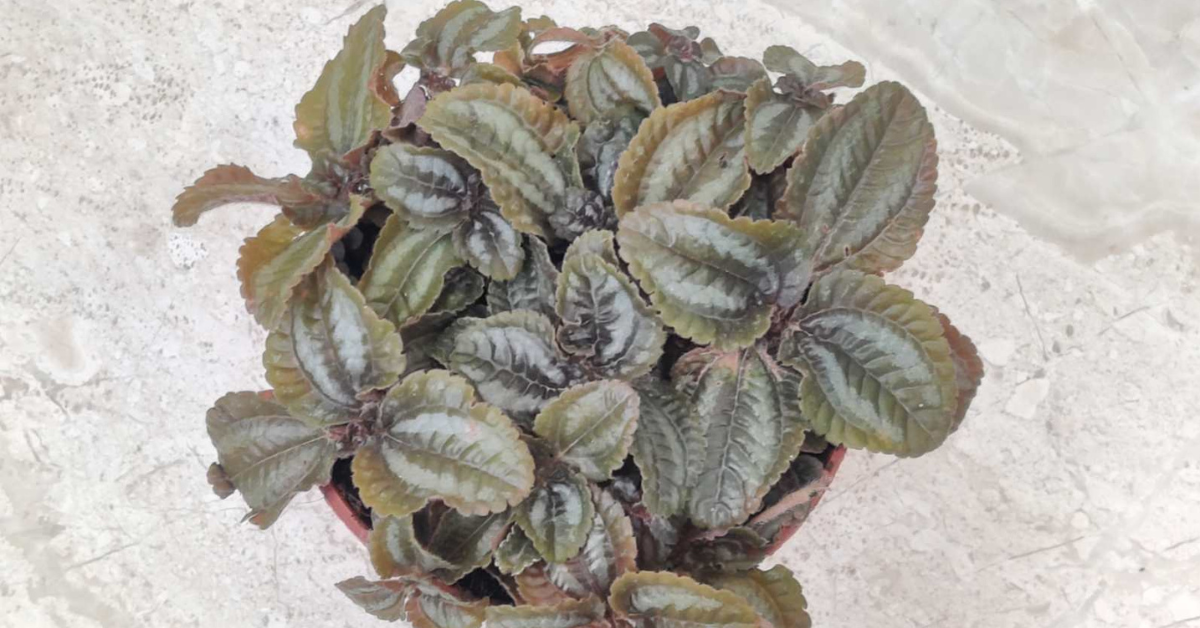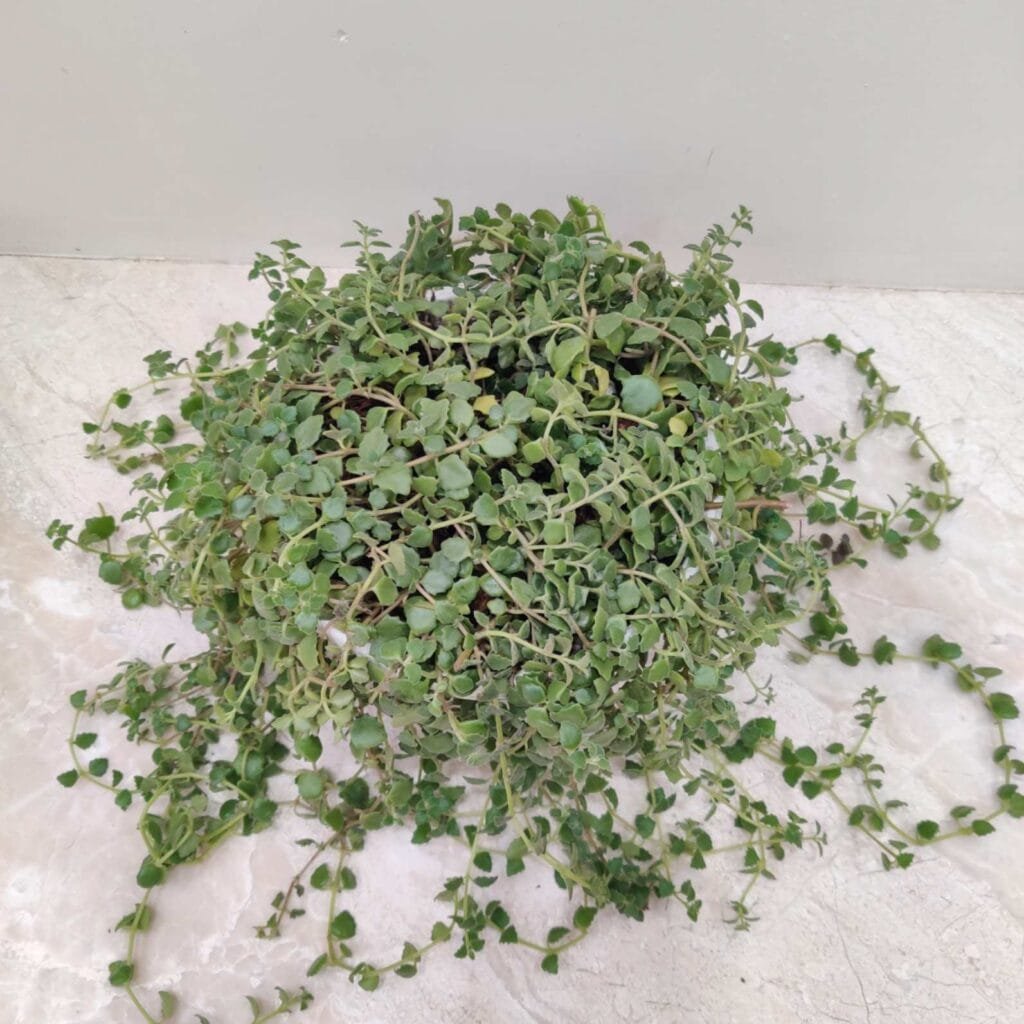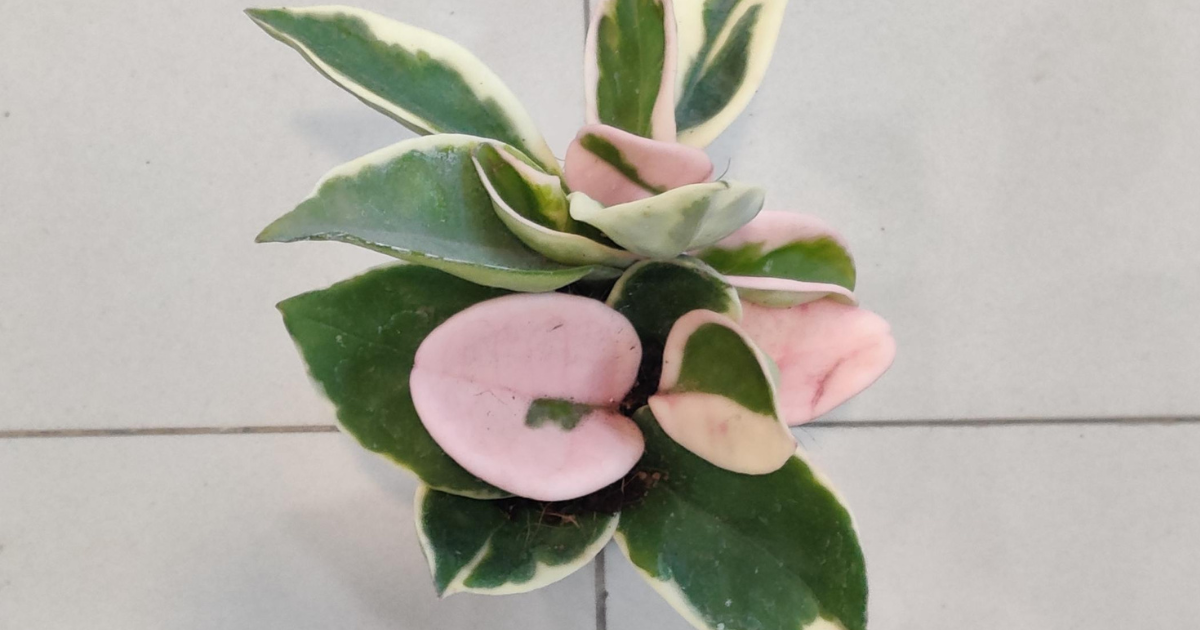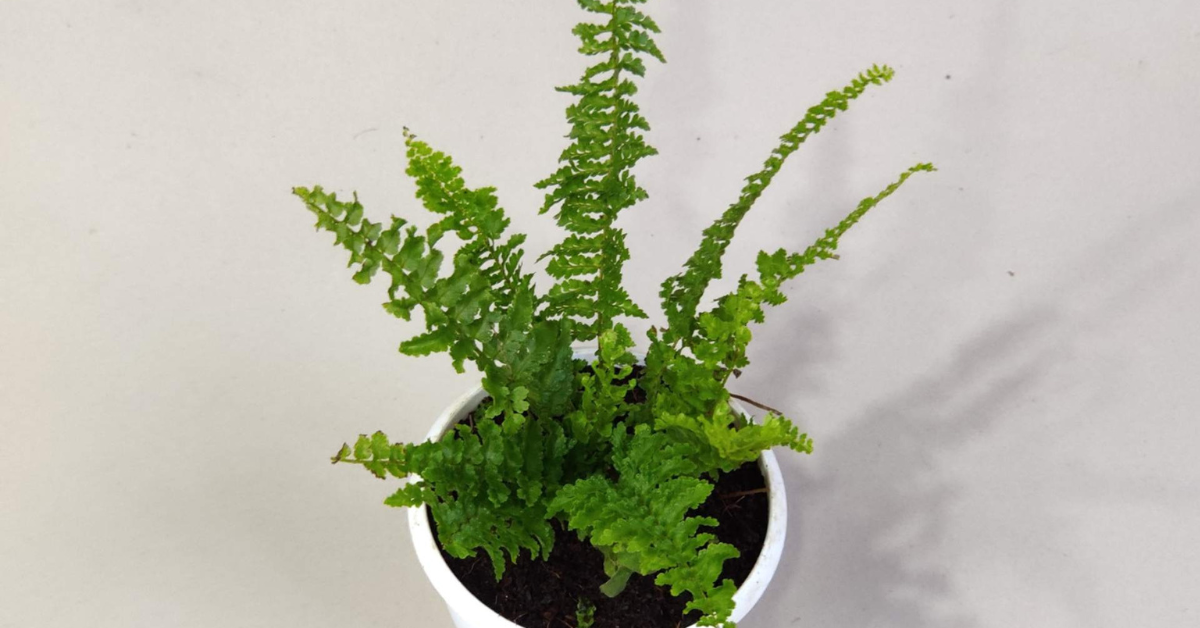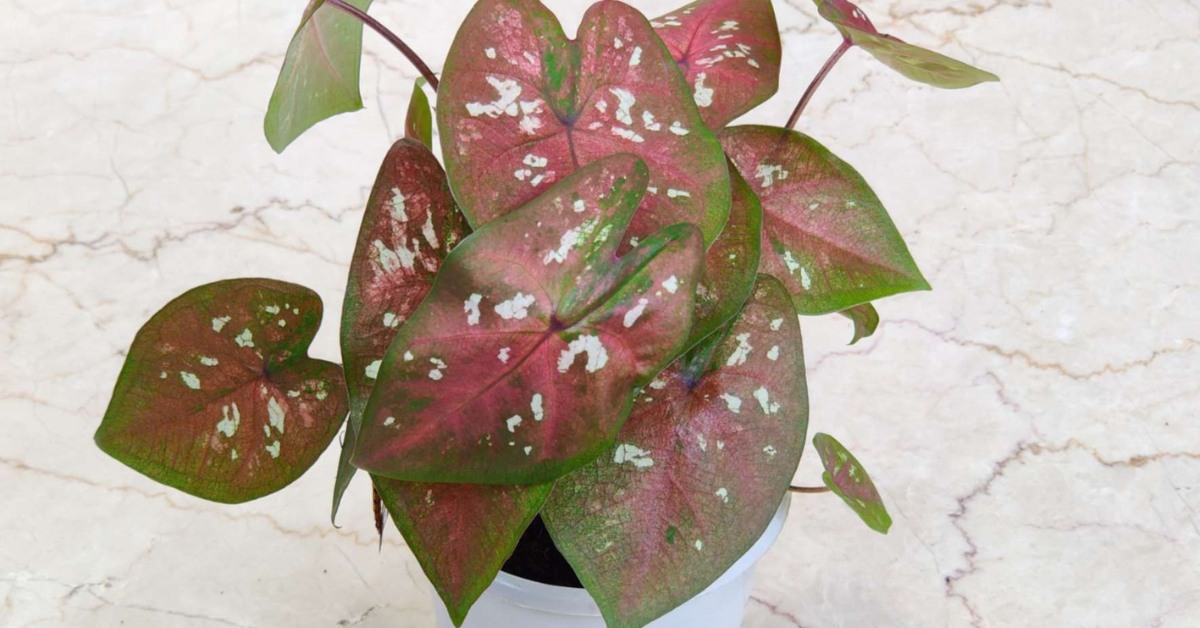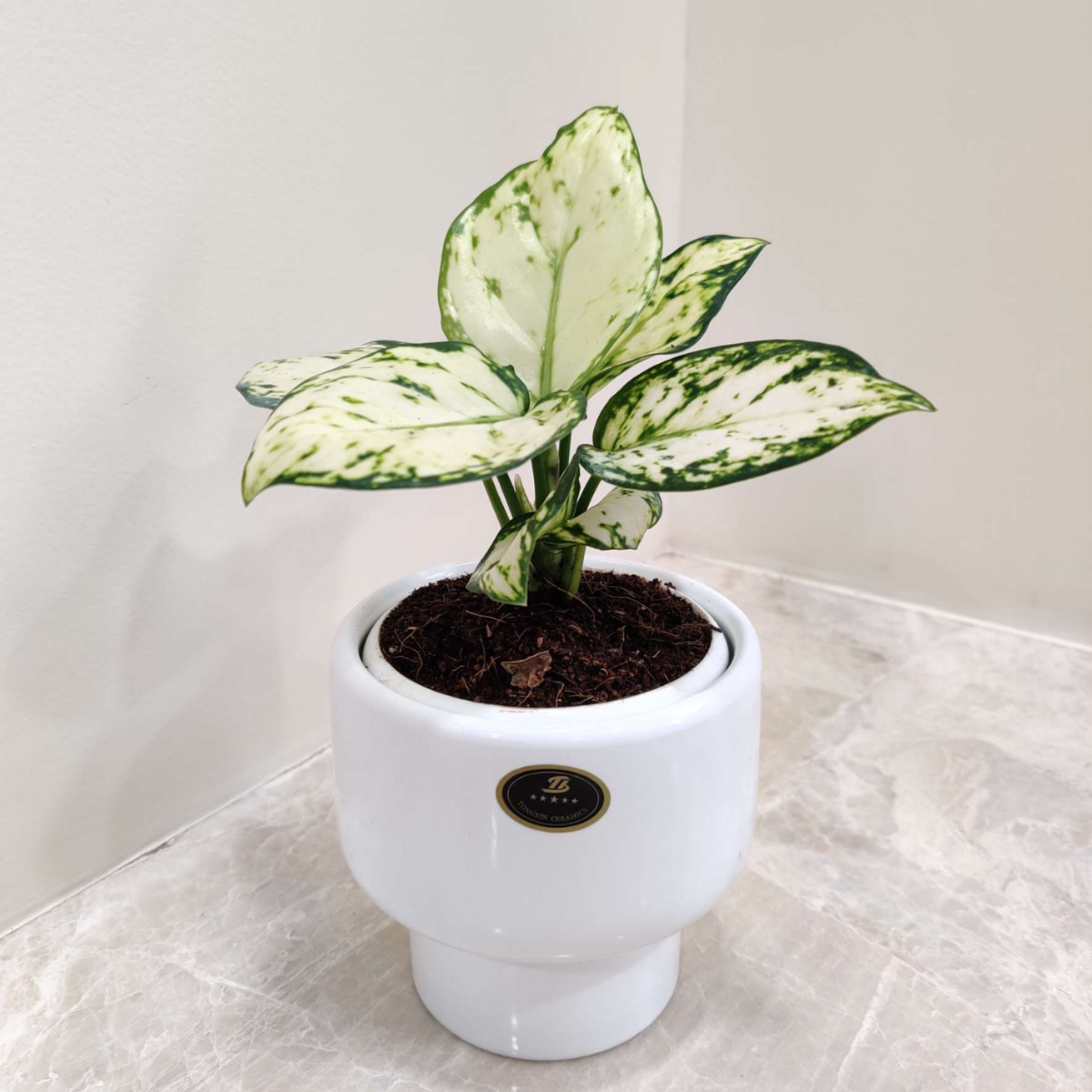Pilea Involucrata, widely recognized as the Friendship Plant or Red Leaf Pilea, is a charming tropical perennial that’s rapidly becoming a favorite in the world of indoor houseplants. Native to the humid rainforests of Central and South America, this compact, pet-safe plant is adored for its uniquely textured foliage and low-maintenance nature, making it a top choice for both beginners and seasoned plant lovers.
What truly sets the Friendship Plant apart is its ease of propagation. With just a simple stem cutting, you can grow new plants in no time—making it the perfect green gift to share with friends and family. This nurturing aspect gives the plant its heartwarming nickname, symbolizing generosity and connection.
The Red Leaf Pilea features eye-catching, velvety bronze-green leaves with deep creases and reddish undersides, adding color and texture to any indoor plant collection. Occasionally, it surprises with small, blush-pink flowers, though its primary appeal lies in its foliage. Whether you’re styling a terrarium, decorating your office desk, or enhancing your home garden décor, Pilea Involucrata brings both beauty and tranquility to any indoor space.
If you’re looking for an easy-to-care-for indoor plant that thrives in low to medium light, tolerates varying humidity, and enhances air quality, this guide will show you how to successfully grow, care for, propagate, and style the versatile Pilea Involucrata.
What Makes Pilea Involucrata Special?
- Unique Foliage: The deeply veined, bronze-silver leaves with a velvety texture stand out in any plant collection.
- Compact Growth: Grows to just 6–12 inches tall and wide—perfect for small spaces.
- Propagation-Friendly: Can be easily grown from stem cuttings, making it ideal for sharing.
- Non-Toxic to Pets: Safe for cats and dogs, making it a worry-free indoor plant.
- Low Maintenance: Thrives with minimal care, ideal for beginners.
Botanical Overview
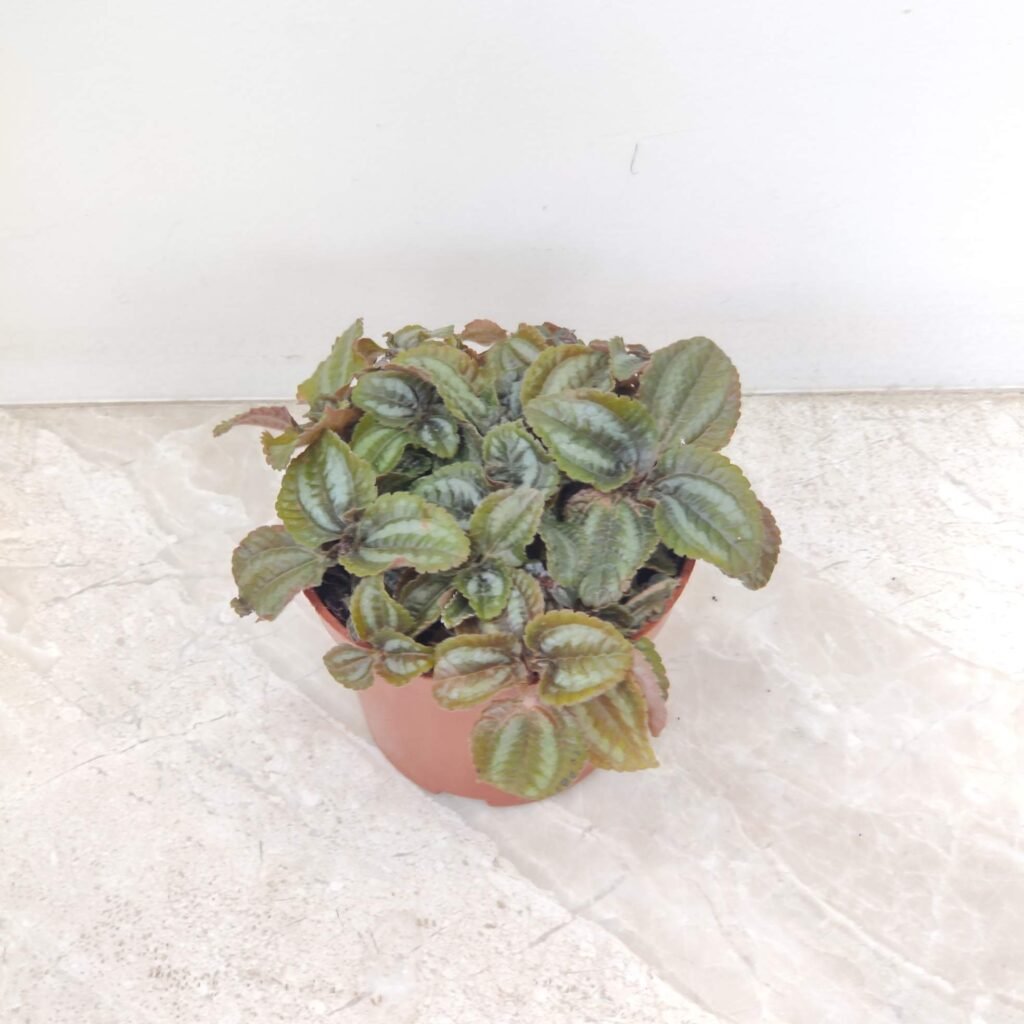
| Attribute | Description |
| Botanical Name | Pilea involucrata |
| Common Names | Friendship Plant, Red Leaf Pilea |
| Family | Urticaceae |
| Type | Perennial |
| Native Region | Central & South America |
| Mature Size | 6–12 inches (15–30 cm) tall and wide |
| Light Requirement | Bright, indirect light |
| Water Needs | Moist, well-drained soil |
| Humidity Preference | High (60% or more) |
| Flower Color | Pale pink (rare, small) |
| Toxicity | Non-toxic to pets and children |
Environmental Impact & Air Quality Benefits
Like many houseplants, the Friendship Plant contributes to a cleaner indoor environment:
Air purification: Removes VOCs (volatile organic compounds).
Improves humidity: Increases indoor air moisture through transpiration.
Reduces stress: Studies show that having greenery indoors improves mood and productivity.
Safe for pets: Non-toxic to cats and dogs.
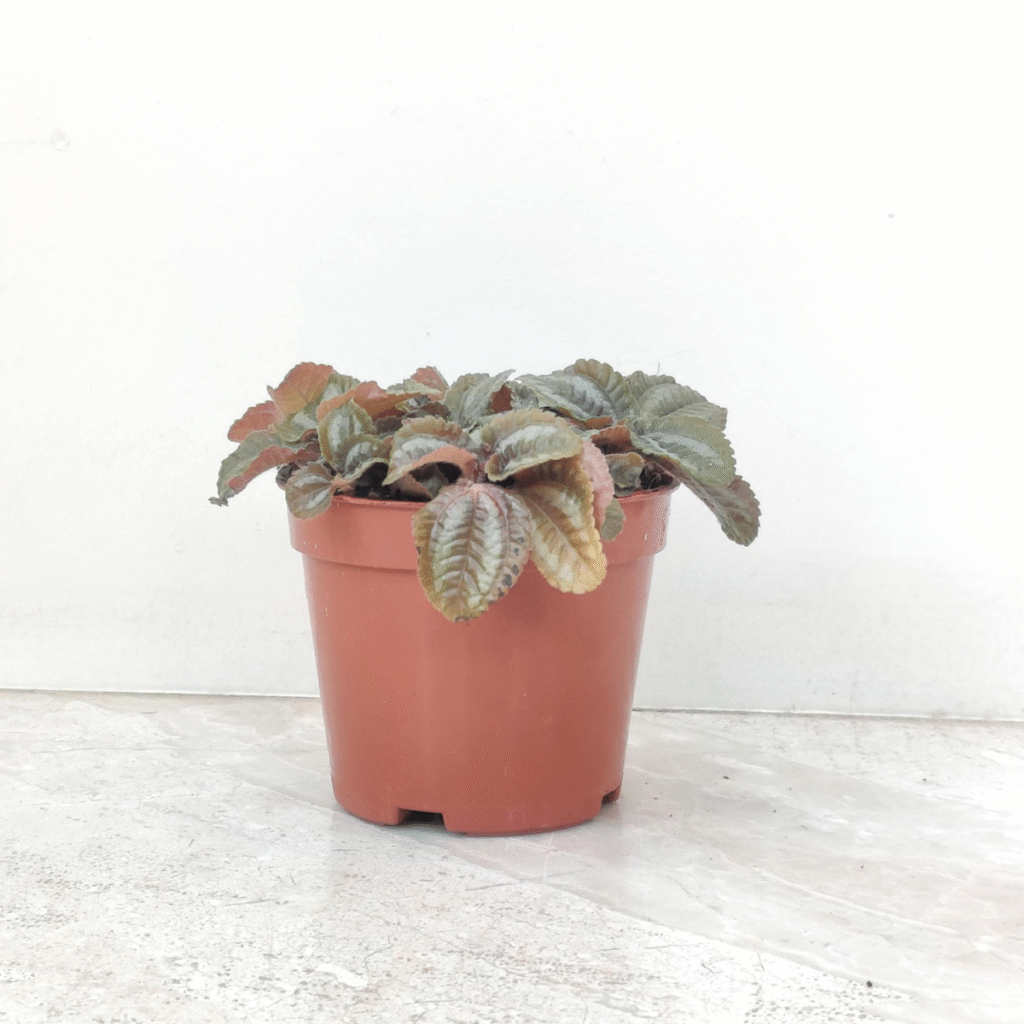
Learn how to grow and care for your Pilea Involucrata, also known as the Friendship Plant, with this expert-backed care guide. Whether you’re a beginner or seasoned plant parent, these tips will help your Red Leaf Pilea thrive indoors with lush, healthy foliage.
1. Light Requirements for Pilea Involucrata
Pilea Involucrata prefers bright, indirect sunlight—similar to the dappled light it would receive under the canopy of tropical rainforests. While it can survive in low-light conditions, optimal growth occurs with 6–8 hours of indirect light daily.
Ideal Placement Locations:
- Near east or north-facing windows
- On kitchen counters or bookshelves with filtered daylight
- Inside a glass terrarium for added humidity and style
- Away from direct sun exposure, which can cause leaf scorch
2. Watering Schedule for Pilea Involucrata
The Friendship Plant prefers consistently moist soil, but soggy roots can lead to rot.
How to Water Pilea:
- Check moisture by inserting your finger 1 inch into the soil.
- Water only when the topsoil feels dry to the touch.
- Ensure excess water drains from the pot base.
Seasonal Watering Tips:
- Spring/Summer: Water more frequently (every 4–6 days).
- Fall/Winter: Reduce watering to once every 10–14 days.
Avoid letting your plant sit in standing water. Always empty saucers post-watering.
3. Ideal Temperature & Humidity for Red Leaf Pilea
As a tropical species, Pilea Involucrata flourishes in warm and humid environments.
Temperature Range:
- Ideal: 65–80°F (18–27°C)
- Minimum: 60°F (15°C) – never let it get colder
Humidity Requirements:
- Thrives in 60%+ humidity
- Signs of low humidity: brown leaf edges, curled leaves
- Signs of overwatering: yellow, drooping leaves
How to Increase Humidity:
- Use a humidifier
- Place on a pebble tray with water
- Mist leaves lightly every other day
- Keep in a bright bathroom for natural moisture
4. Best Soil & Potting Mix for Friendship Plant
Your Red Leaf Pilea loves a nutrient-rich, well-draining soil that retains moisture but doesn’t stay soggy.
Recommended DIY Potting Mix:
- 2 parts coco coir or peat moss
- 1 part perlite (for drainage)
- 1 part compost (for nutrients)
Pot Requirements:
- Use a pot with drainage holes to avoid water accumulation.
- Repot every 12–24 months or when root-bound (roots poking out of drainage holes).
5. Fertilizing Friendship Plant for Healthy Growth
Feed your Pilea Involucrata during its active growing season (spring to summer) for vibrant foliage and faster growth.
Fertilizer Guidelines:
- Use a balanced liquid fertilizer (e.g., 10-10-10 NPK)
- Dilute to half strength
- Apply once per month
- Never fertilize dry soil or during winter dormancy
6. Pruning & Maintenance Tips
Keep your Friendship Plant tidy and bushy with occasional trimming.
Pruning Tips:
- Pinch or cut back leggy stems to promote lateral growth
- Remove yellow or damaged leaves
- Use clean, sharp scissors to avoid spreading disease
Regular pruning helps maintain the plant’s compact shape and prevents spindly growth.
How to Propagate Pilea Involucrata Easily
Propagating the Friendship Plant is simple, fun, and meaningful—just like the name suggests. Sharing cuttings makes for perfect plant gifts!
Stem Cutting Propagation Method:
- Select a healthy 3–4 inch cutting with 2–3 leaf nodes.
- Remove lower leaves; dip cut end in rooting hormone (optional).
- Plant in moist, well-draining soil or place in a jar of clean water.
- Cover with a plastic bag or humidity dome.
- Keep in bright, indirect light.
- Roots form in 2–3 weeks. Once rooted, transplant to a pot.
Troubleshooting Common Problems
| Symptom | Cause | Solution |
| Brown leaf edges | Low humidity | Increase air moisture using humidifier, misting, or pebble tray |
| Yellow, drooping leaves | Overwatering | Let soil dry, trim damaged roots, use well-draining mix |
| Faded or bleached leaves | Too much direct sun | Move to indirect light location |
| Leggy stems | Insufficient light | Relocate to brighter spot, rotate pot weekly |
| Sticky residue or webbing | Aphids, spider mites | Treat with neem oil or insecticidal soap spray |
Home Decor Styling Ideas for Pilea (Friendship Plant)
The Pilea Involucrata is not just a plant—it’s a stylish accent piece. Thanks to its lush, quilted foliage, compact size, and low-maintenance nature, it blends beautifully with a variety of interior design styles, from minimalist and boho to tropical and modern.
Room-by-Room Styling Tips:
- Living Room:
- Place as a centerpiece on a coffee table to add a vibrant natural focal point.
- Tuck it into open bookshelves or wall-mounted ledges for a pop of texture and color.
- Style with ceramic or terracotta pots to complement earthy, rustic interiors.
- Kitchen:
- Pair it with culinary herbs on a sunny windowsill for a charming and functional green corner.
- Display on a floating shelf or corner rack to add life and balance to kitchen cabinets and appliances.
- Use matching planter sets for a cohesive look in modern or farmhouse kitchens.
- Bedroom:
- Set it on a nightstand or bedside table to introduce a calming, plant-based element.
- Place next to a bedside lamp—the leaves catch the ambient light beautifully.
- Display on a dresser or vanity to enhance softness and warmth.
- Bathroom:
- Ideal for bathroom shelves or windowsills where humidity levels are naturally higher.
- Place near the shower or bathtub area (if bright light is available) for a spa-like vibe.
- Combine with trailing plants like pothos for a mini indoor jungle look.
- Home Office:
- Position it on your desk for a productivity-boosting, stress-relieving touch of greenery.
- Add to a terrarium or desktop planter box to make your work-from-home setup more inviting.
- Style on a bookshelf or side cabinet for a plant-filled professional backdrop during video calls.
Pro Styling Tips:
- Use decorative ceramic pots to highlight the plant’s deep bronze and red hues.
- Place in hanging baskets or macramé plant holders to create vertical interest in tight spaces.
- Incorporate into a vertical plant wall or ladder shelf for a dynamic indoor garden effect.
- Mix and match with succulents or ferns to create a lush, textural display.
- Choose planters in contrasting tones (white, gold, charcoal) to make the Red Leaf Pilea stand out.
Final Thoughts
The Pilea Involucrata, or Friendship Plant, is more than just an indoor decorative plant—it’s a living symbol of connection, care, and natural beauty. With its uniquely textured leaves, ease of propagation, and forgiving nature, it offers an enjoyable and low-stress plant parenting experience. Whether gifted or grown, the Friendship Plant brings a fresh sense of life to your indoor space while purifying the air and adding style to your surroundings.
Looking for the perfect plant that’s beautiful, beginner-friendly, and meaningful? The Pilea Involucrata checks all the boxes. Start your journey with the Friendship Plant and grow more than just greenery—grow joy, connection, and peace.
FAQs
1. Is Pilea Involucrata safe for pets?
Yes, it’s non-toxic to cats and dogs, making it a pet-friendly houseplant.
2. How often should I water my Friendship Plant?
Water when the top 1 inch of soil feels dry. Avoid overwatering.
3. Why are the leaf edges turning brown?
This is a sign of low humidity. Mist the plant or use a humidifier.
4. Can I place my plant in direct sunlight?
No. Bright, indirect light is best. Direct sunlight can burn the leaves.
5. How can I propagate my Pilea Involucrata?
Use stem cuttings, place in moist soil or water, and cover with a plastic bag to retain humidity.
6. What type of pot should I use?
Use a small pot with drainage holes. Only repot when root-bound.
7. Is this plant good for beginners?
Absolutely! It’s a low-maintenance houseplant ideal for those new to indoor gardening.
8. How often should I fertilize?
Once a month during spring and summer with a diluted balanced fertilizer.
9. Can it grow in a terrarium?
Yes, its size and humidity needs make it perfect for terrariums.
10. What’s the difference between Pilea Involucrata and Pilea Mollis?
Pilea Mollis (Moon Valley) is a cultivar of Pilea Involucrata with brighter green, more cratered leaves.

